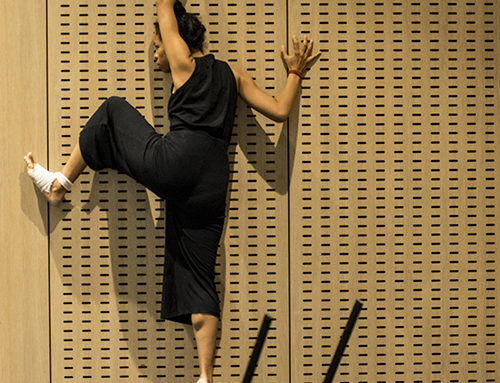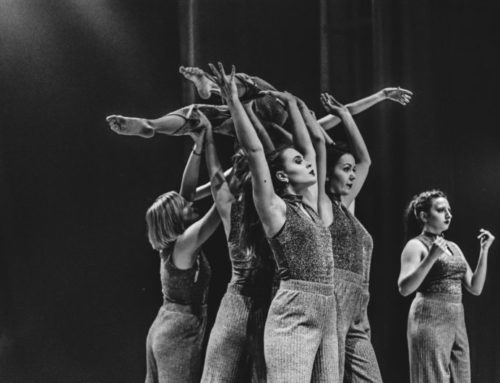We’ve included a few means here to help you better organize your time with your crew and plan long-term projects. If you read our previous article on creating road maps and outlined your objectives, then your next step is to plan! While hitting play on the next Netflix show might be tempting, let’s get into the details. If you want to reach your goals with your team you’re going to have to set some hard deadlines. Rest assured, we’ve got you covered to smooth the process with this thorough tool kit.

Photo by Icons8 Team on Unsplash
Here are 4 tools we recommend to create your next agenda and manage your time!
1. Daily Journal
Jumping right into it, create a journal to help remind you of all of the events and work that will take place this year as they happen. Now’s a time to treat yourself and buy a nice journal, but feel free to start it on your smartphone or on another device that suits you best. Next, being as detailed as possible, you can take into account who, what and where each event will take place.

In this daily journal, the could be noted as a period, range of time, or a target month. This will allow you to personally reflect on the fixed dates of all your events, so you can come to terms with your tasks bit by bit. Who knows… maybe becoming directly aware of your needs will help you optimize your plans. *wink wink*
2. A Provisional Schedule
Moving onto your next tool, you might want to create a Google Sheets to create a provisional schedule of the year. Google Sheets is Google’s version of Excel found on your Google Drive, which is very practical for collaborative teamwork if everyone tends to work elsewhere. The difference between the two is that you can have multiple people working on the same document at the same time from different devices. Also, each person can update the shared document as you go, so you only need one note-taker and that way no one will be out of the loop. You should also add the events you noted in your daily journal so that others can catch a glimpse of your timeline. Including detail again, add in major events and tasks that everyone has to get done in the future.
As you can see the button “Share” in the upper right-hand corner, you can easily add all members of your artistic crew to the schedule. Be careful, even if there are a couple doubts regarding certain dates, go ahead and note down the initial date you have in mind so everyone is aware of the events. Not everything has to be exact at this moment, and it is normal to give room for things to change. Just focus on your concrete goals first and see how things develop as you check things off with the help of everyone else’s support.
3. Work-back Schedule
After finishing your agenda and based on your road map’s main ideas, you can start by working backwards from your deadlines. To break it down for you, here is an example. It is March and you want to work with human resources and you had outlined the necessary steps that make up that category (ie. determine responsibilities of each worker, who will be assigned, and what qualities are best suited). You can then start with each subdivision and decide how long they will take in September, August, July and so forth until you get to present day. Same thing goes for your performance and the initial actions you want to plan. So now, thanks to this reverse planning tactic, you can look at the evolution of your project and the tasks associated with each major category.

In this graph above, you can see future tasks that you cannot start until the previous ones are finished. It is extremely important to see the course of your planning, but more so, don’t forget to stick to it!
4. Doodle: An app for scheduling group meetings
To find a date that works for everyone is in itself a challenge. Whether the crew needs to meet to go over details or get to the venue for the show, here are two options to use:
At the end of the night of rehearsal, everyone cracks open their agendas for 30 more minutes to coordinate a date. As you account for everyone’s individual plans, doctor’s appointments, dates, family gatherings etc. this option is sure to make your head spin…
OR
You use a simple online application where everyone can fill in their individual agendas on their own time. That’s much better isn’t it?
After using it ourselves, we can happily say it’s not only reliable, but also free! Doodle is a great way to pick and agree on a date to meet with your ensemble of dancers. You can propose a few different options and then each person individually responds and marks the day(s) that work for them. It works great to help predict the week’s schedule and bring in the dancers you need.

So you just need to offer the dates that have been validated by your crew. For example, before asking the theatre for dates, go ahead and make a doodle to see when the majority of people are available and only propose the dates that work for your group. This way there are less chances of miscommunication and disorganization.
Organization, planning, time management, groups…gives you a headache right? Take a break, dance for an hour and you’ll come back feeling much more at ease now that everything has been settled.



